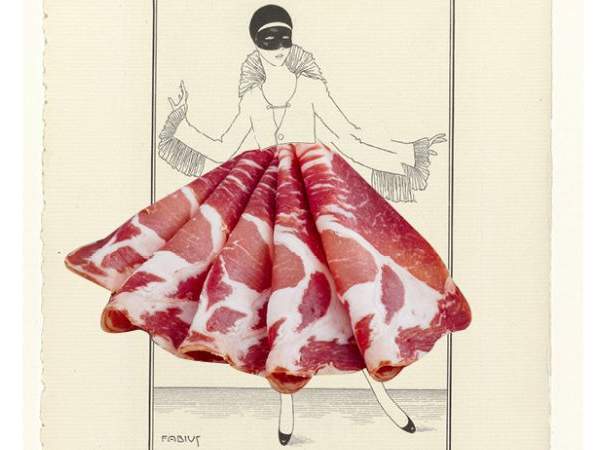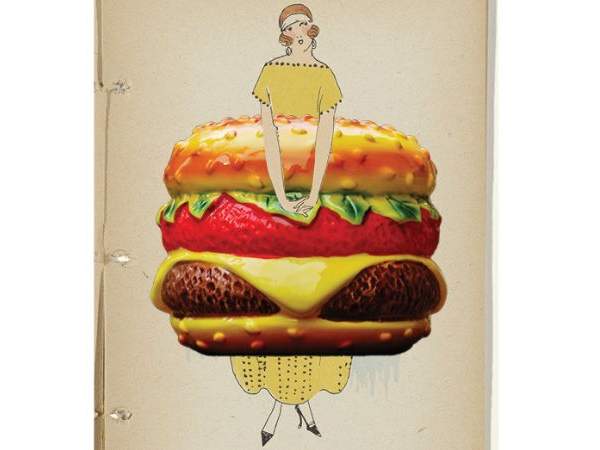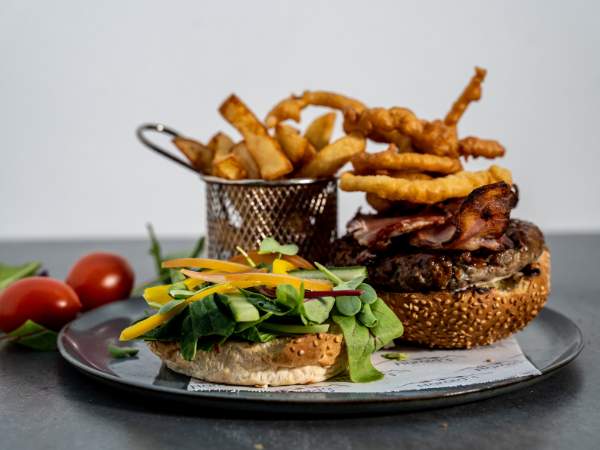News
Eat Out judge Jan Hendrik van der Westhuizen on the future of food
Friday, August 19th, 2022What our pantries might look like in ten years’ time
Times are changing, and the way we eat is changing with them. We’ve become increasingly aware of our health needs, and how important it is to look after ourselves. We’re also learning how important it is to bear sustainability in mind when doing our grocery shops or daily meal prep, and odds are that there are things in your pantry right now that you never would have looked at twice a decade ago (ahem, quinoa chips and almond milk).

The future of food requires us being open-minded and looking for alternative products and sustainable measures to counter our existing food chain processes and their negative effects on the planet, and us. So, without further ado, here are five food ideas that could be the future of food.
Plant-based all the way
This one is hardly a surprise, vegetarianism and veganism have already boomed in the last few years and with good reason, the meat and dairy industries are some of the largest contributors to our current climate crisis. Even I have turned to a flexitarian diet, eating entirely plant-based for a portion of each week, and I have to say, it’s been an amazing experience going back to basics and getting creative with fruit and veggies in the kitchen. The world of plant-based proteins is expanding, similar to how plant-based dairy substitutes have (almond milk, oat milk, rice milk, pea milk etc.) and the list of alternative options is set to grow and grow in the next few years.
3D Dining
This one is a bit of a stretch, but there are research groups currently working on 3D printed food alternatives as a way to shorten the food production chain and reduce global travel, agricultural land use and food waste. In fact, 3D printer-based restaurants like Food Ink have popped in a few places to buy into the hype behind the technology. Who knows, maybe 3D printed food is the future? Here’s hoping they don’t jam as easily as the office printer…
The algae alternative
Now I wouldn’t suggest you stop throwing chlorine in the pool, but a food alternative that is gaining steam globally is algae, the edible, non-toxic, kind that is. Algae are aquatic, seaweed and other chlorophyll-containing plants and are considered a super food because they can contain more calcium, protein, iron, vitamins, minerals, fibre and antioxidants than most popular fruit or vegetables. These aquatic plants can be farmed in pools and are cheap to produce, making them a potential option for future mainstream eating.
Lab Grown Meat
It might sound like something out of a science fiction film but lab grown meat has been around for some time and is growing in popularity as an alternative to our current animal protein cycles. In a nutshell, lab -grown meat is grown, or cultivated, by taking stem cells from an animal, placing them in bioreactors and feeding them an oxygen-rich cell culture medium made up of basic nutrients, proteins and other growth factors. At the end of the process you will have a genetically identical protein product, just more of it.

It’s important to distinguish lab grown meat from plant-based alternatives, this is still 100% meat, it’s just grown in a different environment than your traditional Ol’ Mcdonald farm meat. This is a solution to the moral implications of farming and slaughtering animals, and might be a safer environmental option to mass produced animal meat than regular farming. With more and more companies and researchers starting to work on lab-grown meat products, it’s only a matter of time before it becomes more widely available.
Creepy crawlies… on toast
Sustainability and health aside, another factor influencing the future of food is increasing demand and population. The world’s population is expected to hit 9 billion by 2050, almost a third more mouths to feed globally. As a solution to the limitations of animal protein, one alternative has been crawling up in popularity. That’s right, insects might be the solution.
Globally more than 1,900 insect species are considered edible, with beetles the most common. In fact, edible insects have high nutrient and protein levels, and are much kinder on the environment to farm. If that’s not out there enough, insect ‘milk’ or ‘entomilk’ is a dairy alternative made from insects that is also growing in popularity. Bugliatelle anyone?
This article was originally published on Jan.Online
Images supplied
Hungry for more? Join more than 30 000 other Eat Out fans who get the scoop on the latest new restaurant openings, reviews and more – straight to their mailboxes every week.









Very interesting and challenging